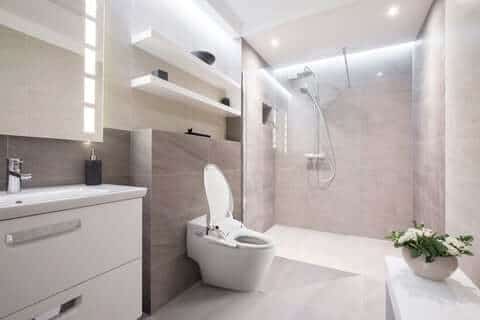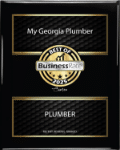
Bidets are no longer just a luxury feature you see in hotels or European homes. More and more American homeowners are adding them as a practical, hygienic upgrade. Whether you’re remodeling your bathroom or just tired of relying on toilet paper, a non-electric bidet toilet seat can be a smart addition, especially if you’re looking for something simple, effective, and budget-friendly.
Why Consider a Bidet in the First Place?
To put it plainly, water cleans better than paper. Toilet paper can only do so much, and many people find that using a bidet leaves them feeling cleaner and more refreshed.
Beyond that, there are other benefits:
-
Improved hygiene for everyone in the household
-
Reduced toilet paper use, which helps both the environment and your budget
-
Gentler on the skin, especially for those with irritation, medical conditions, or post-surgery recovery
-
Fewer plumbing issues caused by excess paper flushed down the drain
What Is a Non-Electric Bidet Toilet Seat?
Non-electric bidet seats are designed to connect directly to your toilet’s existing cold water line. They don’t need an outlet or batteries, which makes them ideal for older homes or bathrooms where electrical access is limited.
Once installed, these seats offer a manual control dial that lets you adjust the water pressure. Some include dual nozzles for front and rear cleaning.
Why homeowners like them:
-
Easy to install (most take under an hour)
-
No electricity = fewer potential failures
-
Great entry point into bidet use
-
Affordable compared to high-tech electric models
-
No permanent modifications, making them renter-friendly in some cases
Installation: What You Should Know
Installing a non-electric bidet seat is usually straightforward:
-
Remove your existing toilet seat
-
Mount the bidet seat using the included hardware
-
Connect the T-valve and hose to your toilet’s water supply
-
Test and adjust for comfort and pressure
You won’t need to modify plumbing lines or add an electrical outlet, which keeps the cost and time commitment down. However, if you’re uncomfortable working around plumbing connections, a licensed plumber can handle it quickly and safely.
Other Types of Bidets (If You’re Still Exploring)
| Type | Pros | Things to Consider |
|---|---|---|
| Stand-Alone Bidet | Full-featured cleaning, separate controls | Requires extra space and plumbing |
| Bidet Attachment | Budget-friendly, installs under the existing seat | Fewer features may feel less secure |
| Electric Bidet Seat | Warm water, heated seat, air dry | Requires a power outlet, higher price point |
| Non-Electric Bidet Seat | Affordable, no power required | Cold water only, fewer features |
Non-electric bidets are ideal for homeowners who want reliability and simplicity without extra gadgets.
Considerations Before Installing
Here are a few things to keep in mind before you buy or install:
-
Toilet shape matters. Most bidet seats come in round and elongated versions. Make sure you get the one that fits your bowl.
-
Check water pressure. Some homes with very high or very low pressure may need a flow reducer or minor adjustments.
-
Water is cold. Since these models don’t heat water, expect a cool rinse, especially in winter.
-
Landlord approval. If you rent, you may need permission before making any changes to the bathroom.
When to Call a Pro
While many homeowners choose to install a bidet seat themselves, professional installation is always an option, especially if:
-
You’ve got an older toilet setup
-
You want to avoid water leaks
-
You’re combining the install with other plumbing upgrades
At My Georgia Plumber, we’ve helped many families add bidets to their bathrooms. We can walk you through the options, make sure everything fits correctly, and take care of the install in one clean, simple visit.










